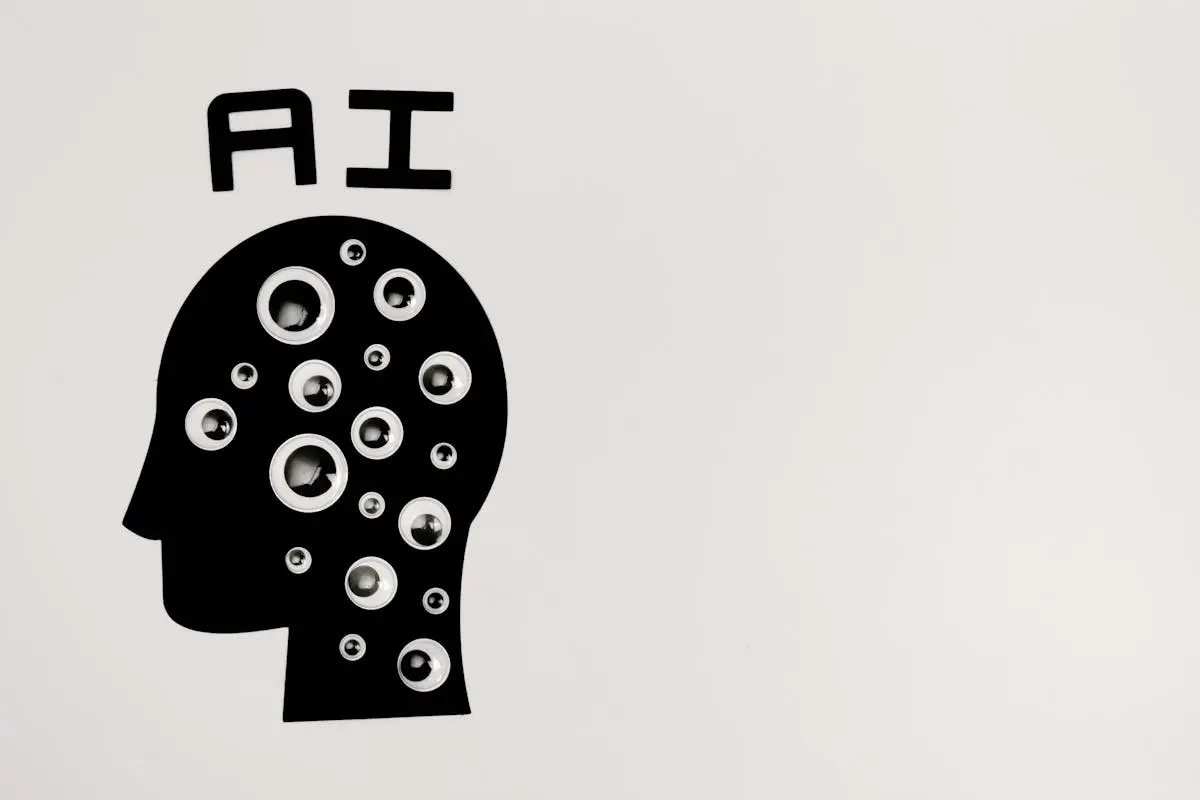Effective communication has emerged as a cornerstone of success. Companies are constantly on the lookout for innovative ways to improve communication and boost productivity among their teams. Enter Unified Communications (UC) platforms—an all-in-one solution that brings together various communication methods into a seamless experience. As we navigate through the complexities of modern work, the integration of Artificial Intelligence (AI) into these platforms is not just a trend; it’s a transformative force reshaping how we connect, collaborate, and achieve our goals.
Understanding Unified Communications
Unified Communications refers to the integration of disparate communication methods—such as voice, video, messaging, and collaboration tools—into a single, cohesive system. Imagine a workspace where you no longer have to juggle multiple applications or toggle between different devices to communicate with your colleagues. With UC, everything you need is at your fingertips, streamlining communication processes and enhancing efficiency.
Gone are the days when employees felt overwhelmed by the clutter of various communication channels. Instead, UC creates a more relaxed environment, allowing teams to focus on what truly matters—collaboration and productivity. This is especially vital in the current landscape, where remote and hybrid work models have become the norm. UC systems support real-time communication through cloud-based solutions, enabling teams to collaborate seamlessly regardless of their physical locations.
For instance, consider a marketing team spread across different regions. With UC, they can easily hold video conferences, share documents, and chat in real-time without the hassle of switching between apps. This not only fosters a sense of unity but also enhances the flow of ideas, leading to more creative and effective campaigns.
The Rise of Artificial Intelligence in Communication
As we delve deeper into the world of communication, we cannot overlook the impact of Artificial Intelligence. AI is no longer a futuristic concept; it’s a reality that is reshaping how we interact with technology. In the realm of communication, AI enhances capabilities by automating tasks, analyzing data, and providing insights that were previously unattainable.
Imagine a scenario where your email inbox is flooded with messages, and you struggle to prioritize your responses. AI can step in to help manage this chaos by analyzing the content of incoming messages and suggesting responses based on your previous interactions. This level of automation not only saves time but also ensures that important communications are never overlooked.
Moreover, AI-driven analytics can sift through vast amounts of communication data to identify patterns and trends. For example, a sales team can leverage AI to analyze customer interactions and identify common questions or concerns. This insight allows them to adapt their communication strategies, ensuring they meet the evolving expectations of their clients.
How AI Enhances Unified Communications
The marriage of AI and Unified Communications opens up a world of possibilities. One of the most significant benefits is the ability to implement meaningful smart routing. This means that inquiries are directed to the most suitable resource instantly. For instance, if a customer has a technical question, AI can route their inquiry to a specialized support agent rather than a general representative. This not only speeds up resolution times but also enhances customer satisfaction.
AI chatbots are another game-changer in this space. These virtual assistants can handle a variety of tasks, from answering frequently asked questions to booking appointments. By taking care of routine inquiries, chatbots free up valuable human resources to focus on more complex issues that require a personal touch. Imagine a busy customer service department where agents can dedicate their time to resolving intricate problems rather than answering repetitive questions. This shift not only improves efficiency but also elevates the overall customer experience.
Voice recognition technology powered by AI is yet another area where we see significant advancements. Systems equipped with natural language processing can accurately interpret spoken language, allowing them to perform tasks like converting voice messages into text or even translating languages in real-time. This capability is particularly beneficial in diverse working environments where team members may speak different languages. By breaking down these communication barriers, businesses can foster a more inclusive and collaborative atmosphere.
Real-World Applications: Transforming Businesses
AI-powered Unified Communications have found applications across various industries, fundamentally altering business operations. In healthcare, patient communication has been streamlined, with AI systems managing appointment schedules and follow-ups efficiently. Hospitality has also benefited, with virtual concierges enhancing guest experiences by providing instant assistance and information, which underscores the essential role of AI in the hospitality sector.
In the retail sector, AI assists in personalizing customer interactions. By analyzing purchase patterns, AI-powered UC systems can tailor promotions and offers to individual preferences, increasing customer loyalty and sales. Furthermore, these systems optimize workforce management by predicting peak times and ensuring adequate staffing levels, demonstrating real-time resource allocation. Let’s explore a few examples to illustrate this transformation.
Healthcare: In the healthcare sector, effective communication is critical for patient care. A compelling case study illustrating this transformation involves a leading healthcare organization that successfully revolutionized its call center operations through the implementation of AI.
The Challenge: The Nirvana healthcare faced significant challenges with its call center operations. Patients frequently experienced long wait times when trying to schedule appointments or inquire about test results. The call center staff was overwhelmed with high call volumes, leading to frustration among patients and inefficiencies in service delivery.
The Solution: The Nirvana Healthcare implemented an AI-driven communication platform designed to optimize call center operations. This system utilized natural language processing (NLP) to automate routine inquiries and streamline appointment scheduling. An AI-powered virtual assistant managed a wide range of patient inquiries, significantly reducing the volume of calls that required human intervention.
The Results: The implementation yielded remarkable results, including a significant reduction in patient wait times and improved satisfaction scores as patients appreciated 24/7 access to information.
Hospitality: In the hospitality industry, exceptional guest experiences are paramount. A notable example of transformation is Charleston Place, a luxury hotel that successfully implemented AI-driven solutions to elevate its guest services.
The Challenge: Charleston Place faced challenges in maintaining high levels of guest satisfaction while managing a busy hotel environment. The existing processes were often manual and time-consuming, leading to delays in service and occasional miscommunication among staff.
The Solution: The hotel adopted an AI-powered communication platform that included a virtual concierge. This assistant utilized natural language processing to assist guests with inquiries, such as providing information about hotel amenities or making dining reservations. The system integrated seamlessly with the hotel’s existing communication channels, enabling guests to access information via their smartphones or in-room devices.
The Results: The AI-driven platform resulted in significant improvements, with guests reporting a more seamless experience and staff focusing on personalized service, ultimately enhancing overall guest satisfaction.
The Future of Communication: Smarter and More Connected
As we look to the future, it’s clear that the integration of AI into Unified Communications is not just a passing trend; it represents a significant evolution in how we communicate. As AI technology continues to advance, we can expect even more innovative developments that will further enhance productivity and connectivity for businesses and individuals alike.
Imagine a future where communication is not only seamless but also intuitive. AI could analyze individual communication styles and preferences, adapting interactions to suit each person’s needs. For example, if a team member prefers concise messages over lengthy emails, the system could automatically adjust the communication style accordingly. This level of personalization would create a more engaging and effective communication experience.
Moreover, as remote work continues to be a staple of the modern workforce, the demand for robust UC solutions will only grow. Businesses will increasingly rely on AI to facilitate collaboration among geographically dispersed teams, ensuring that distance is no longer a barrier to effective communication.
Conclusion: A Match Made in Tech Heaven
Unified Communications and Artificial Intelligence are undeniably a match made in tech heaven. Together, they are transforming the way we communicate, collaborate, and conduct business. By streamlining communication processes, enhancing efficiency, and providing valuable insights, these technologies are paving the way for a more connected and productive future.
As businesses continue to embrace these innovations, it’s essential to remember that at the heart of communication is the human element. While technology can enhance our interactions, it’s the relationships we build and the connections we foster that ultimately drive success. By leveraging the power of UC and AI, organizations can create a workplace culture that values collaboration, inclusivity, and continuous improvement.
In this new era of communication, the possibilities are limitless. With Unified Communications and AI leading the charge, we are on the brink of a revolution that will redefine how we connect and collaborate in the workplace. The future is bright, and it’s time for businesses to embrace these changes and unlock their full potential.

